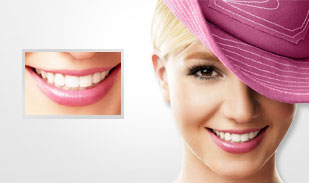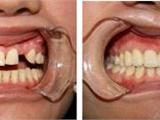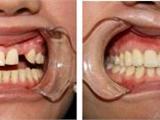Essential tooth knowledge, tetracycline teeth.
Department of Stomatology, Nanjing PLA 454 Hospital:
Tetracycline teeth refer to discolored teeth caused by tetracycline drugs, which belong to stomatological diseases. The cause is taking tetracycline drugs during the development and mineralization period of teeth, which can be combined into tooth tissues, causing tooth discoloration. Specifically, during the development of teeth, enamel and dentin begin to form on both sides of a basement membrane. If tetracycline drugs are taken at this time, the drug will form a yellow layer in the dentin and enamel after entering the body, and the deposition in the dentin is four times higher than that in the enamel. Since the yellow layer is wavy and cap-like, roughly consistent with the shape of the tooth, the entire tooth has color changes. Initially, the teeth appear yellow and show bright yellow fluorescence under sunlight, then gradually change from yellow to brown or dark gray. This color change is slow, and sunlight promotes it. In addition, tetracycline drugs not only affect the color of permanent teeth developing during infancy but also affect the color of deciduous teeth developing during fetal period if pregnant women take these drugs.
The prevention of tetracycline teeth is very simple. Pregnant or breastfeeding women and children under eight years old should not use tetracycline drugs. Tetracycline drugs have an affinity for calcium ions in the human body, forming a stable yellow tetracycline-calcium complex. If such drugs are taken during the development and calcification stage of the crown, this complex will be deposited in the dentin, making the teeth yellow and leading to yellow staining, affecting the calcification of teeth and causing enamel hypoplasia. Pregnant women taking tetracycline can also cause discoloration of deciduous teeth through the placenta. In addition, tetracycline is very sensitive to light, and sunlight and ultraviolet rays can make it discolored, so tooth discoloration will gradually deepen over time.
Currently, for mild tetracycline teeth (i.e., teeth appear yellowish-brown), they can be treated with bleaching methods. That is, first go to the hospital to bite a tooth mold and make a soft tooth tray. After returning home, squeeze the bleaching material into the tray every night and sleep with the tray. Take it out the next day and keep it well. A course of treatment lasts about two weeks. For moderate tetracycline teeth (teeth appear grayish-brown), composite resin veneers can be used to cover the tetracycline color. However, this method has certain limitations. The resin may discolor after several years, and improper use may cause the resin to fall off. For severe tetracycline teeth, if accompanied by enamel defects, porcelain crowns can be considered for restoration. However, this method requires treating the pulp (tooth nerve) and is relatively expensive, but it provides the best restoration effect.
To learn more, please visit our department's website: http://www.101kq.com/




